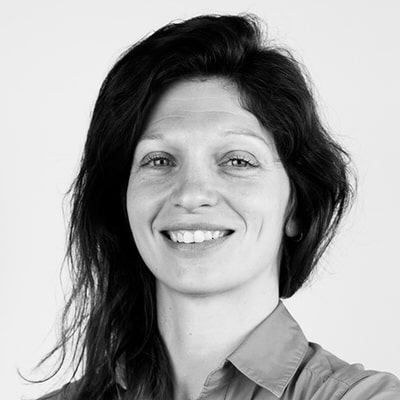The Danish start-up ROPCA has developed ARTHUR, an ARTHritis Ultrasound Robot for the examination of patients suffering from rheumatoid arthritis. The robot interacts directly with the patient and scans up to 22 joints in 12 minutes without requiring the intervention of a doctor or nurse. ARTHUR also interprets the images it takes and establishes an individual diagnosis per joint. ROPCA won the KUKA Innovation Award 2022 for this groundbreaking technology.
The original goal of Johannes Schaeferhoff, CEO of ROPCA, and his team was to change the way rheumatoid arthritis is treated. He explained:
“Rheumatoid arthritis is a chronic inflammatory disease that affects 1% of the population. It is one of the heaviest disease burdens of our time: many patients lose their jobs because of the swelling and the pain that it causes in the joints.”
If left untreated, rheumatoid arthritis can cause stiffness, joint destruction and disabilities.
“Any doctor will tell you that the way to do better with this disease is to diagnose it earlier. Currently in Europe, on average, we wait six months before diagnosing it. Instead, it should be about six weeks, according to the German Society for Rheumatology.”



Artificial Intelligence Modules
This is why ROPCA created a fully automated robot for the examination of patients suffering from rheumatoid arthritis. How does it work?
ARTHUR is coupled to a stationary ultrasound machine which it controls. The patient comes in and is instructed by the robot using voice and screen on how to operate the machine. He/she is asked to put some gel on his/her hand and place it on the touch screen.
Then the robot uses a 3D camera to map a 3D image of the patient’s hand. It lands on the joint with high precision and moves a bit around it to determine the perfect angle to take the picture. The robot captures high-quality ultrasound images in grayscale and color flow of 11 joints per hand. This includes 10 finger joints and one wrist joint.
Johannes Schaeferhoff explained:
“Determining where the joint is is what our artificial intelligence module does. Through another AI module, the robot does the grading of the picture, it quality controls it and determines if it’s good enough.
Then it files automated reports in the Electronic Patient Journal with a diagnosis per joint. ARTHUR can scan 22 joints in 12 minutes, so it does 22 individual diagnoses.”
No Human in the Loop?
The machine is completely autonomous, no doctor or no nurse is required. Johannes Schaeferhoff added:
“This can save the physician time in consultation with the patient as the ultrasound images for diagnosis are already available. He or she only has to do the overall diagnosis, taking into account all the joints’ diagnoses, as well as the blood work that’s being done on the side.”
Is there any need to keep a human in the loop?
“Diagnosing rheumatoid arthritis is complicated. To detect the symptoms, you need joint palpation and ultrasound as well as blood work. The patient also self reports outcomes through questionnaires, etc.
There are cases which are obvious and cases which are non obvious. For non obvious cases, the machine cannot handle it on its own but for obvious cases—and there are many obvious cases—the machine can do it all.”
Mental and Physical Workload
According to Johannes Schaeferhoff, one of the main applications of the robot is the triage and massive reduction of the workload.
“In many countries, like our home country Danemark, many nurses do the monitoring of rheumatoid arthritis patients since it’s a chronic disease. But the nurses often don’t know how to use typical ultrasound scans and we simply don’t have enough doctors to take all these images.
Most of the automated solutions that are on the market right now only take care of the mental workload by analyzing the images. We also help take the images. We have taught the robot how to perform the scans and how to interpret the images so ARTHUR does all the physical labor by itself, as well as the mental workload.”
Kuka’s Help
ROPCA won the KUKA Innovation Award 2022 in the “Robotics in Healthcare Challenge.” It was a year-long competition during which Kuka, one of the world’s leading suppliers of intelligent automation solutions, gave ROPCA training and lent them one of their robotic arms to develop their own solution.
Johannes Schaeferhoff said:
“For us, this was a really great help because we already had a robotic arm but by having a second one (the Kuka robotic arm) it was much easier for us to go to the clinic to teach the robot for ultrasounds for example, and still continue working and developing the other robot in our lab.


Kuka’s robotic arm is also already CE certified, so it took us only a year to certify our total solution. ARTHUR is the first ultrasound robot to be CE marked. We expect that having the CE certification will be a big game changer for us.”
ARTHUR had its first installation in December 2022 in Denmark.
“One ARTHUR will probably take only two to three months to generate the same amount of images as the original ARTHUR was trained on, because robots can work 24/7, all year long with no holidays, no days off or sick days…”.











